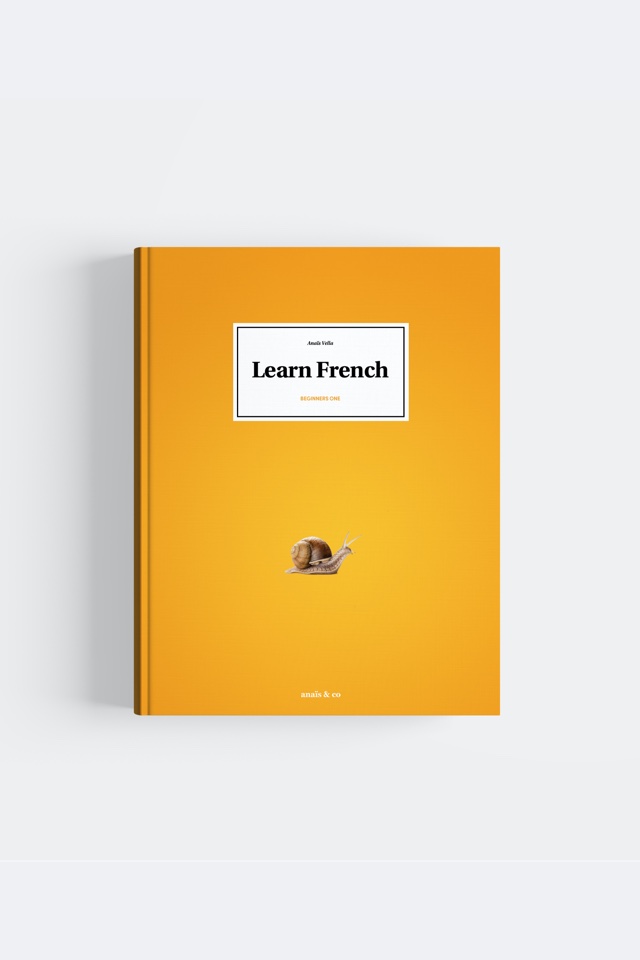

“C’est” is used to identify a person, a thing or a location. “C’est” can be used to refer to a person with the meaning of “it is.” The plural of “c’est” is “ce sont.” In a negative sentence, “c’est” becomes “ce n’est pas,” and “ce sont” becomes “ce ne sont pas” but other negative words than “pas” can be used. The plural version can’t be used with adverbs, adjectives, and dates. In the spoken language in an informal situation, “c’est” can be used instead of “ce sont”. It can be followed by different things as listed below.
For example: C’est un chien → It’s a dog.
Even profession, nationality, or religion.
For example: C’est mon chien → It’s my dog.
Possessive adjectives are “mon,” “ma,” “mes,” “ton,” “ta,” “tes…” They will be seen in the book beginners volume 3.
For example: C’est Paul → It’s Paul.
For example: C’est en décembre → It’s in December.
Dates cover months, dates, years, and seasons. Days don’t need prepositions in French, but “le” can be used.
For example: C’est bien ! → It’s great!
The adjectives will describe a non-specific referent like a situation or an ensemble of things but not something very precise.
“C’est” can be used with colours when the object is not defined.
For example:
C’est vert et rouge → It’s green and red.
For example: C’est moi ! → It’s me!
They are “moi,” “toi,” “soi,” “lui,” “elle,” “nous,” “vous,” “eux,” et “elles.” They will be seen in the book Beginner vol.3.
For example: C’est en Italie → It’s in Italy.
For example: C’est ici → It’s here.
“Ici,” (here) “là,” (there) and “là-bas” (over there) are adverbs of places. The adverbs will be seen in the intermediate books.
C’est quoi ? → What is it?
C’est quand ? → When is it?
The question words will be seen in the book Beginner volume 3.
In informal situations “c’est” can go after the question words.
For example:
Où c’est ? → Where it is?
Quand c’est ? → When it is?

More in the books
Werther you are learning by yourself, with Anais and Co or if you are a FLE teacher find this lesson and many more in a beautiful book.
Be notified when we upload a new video.